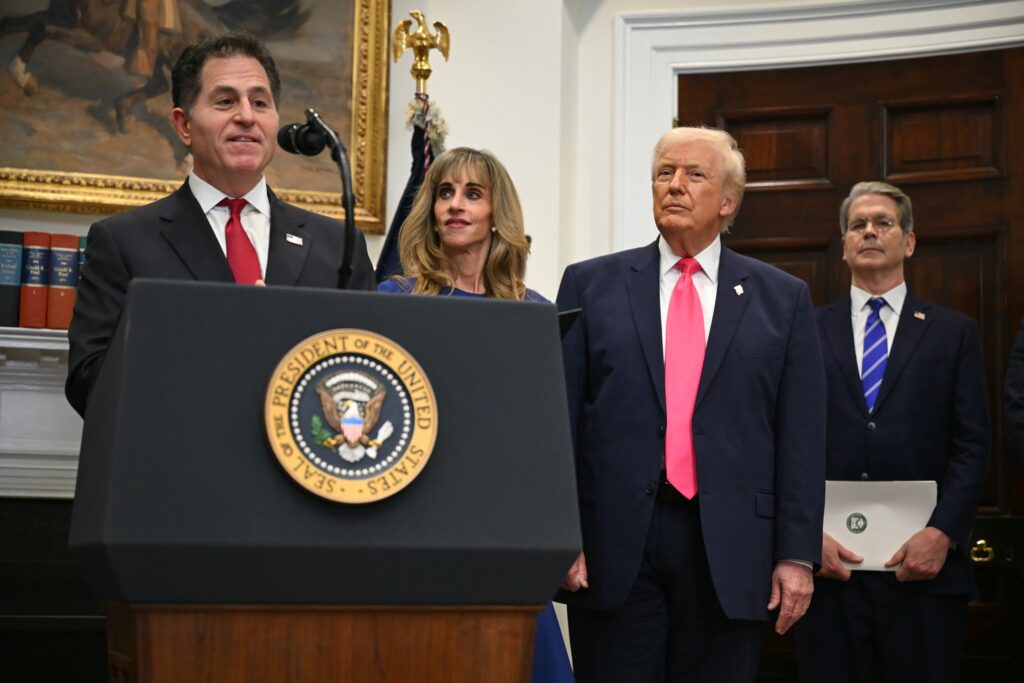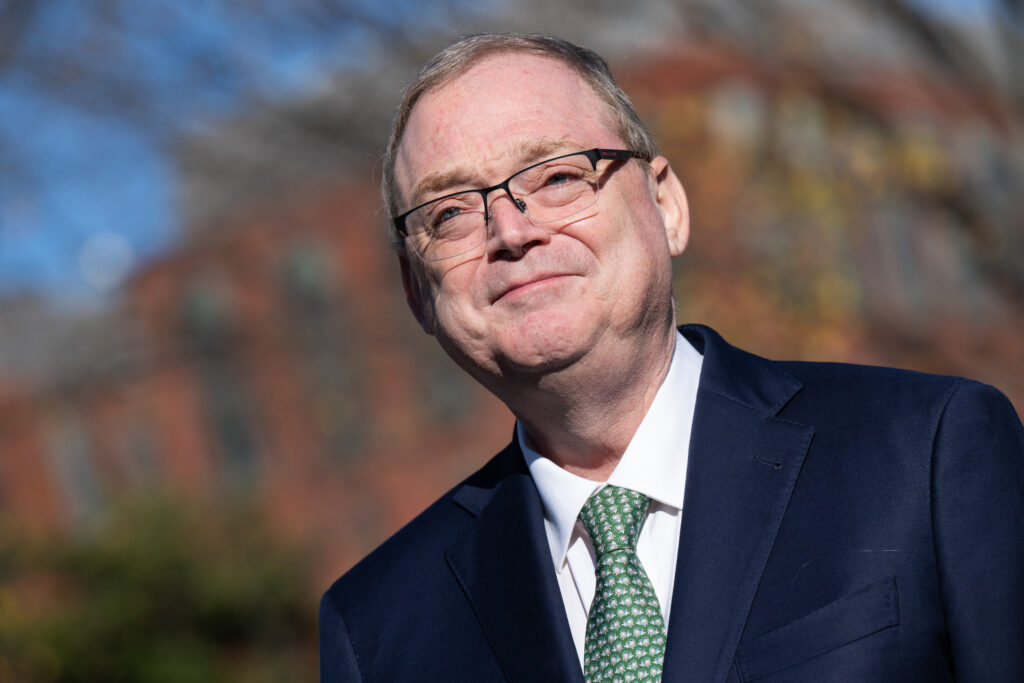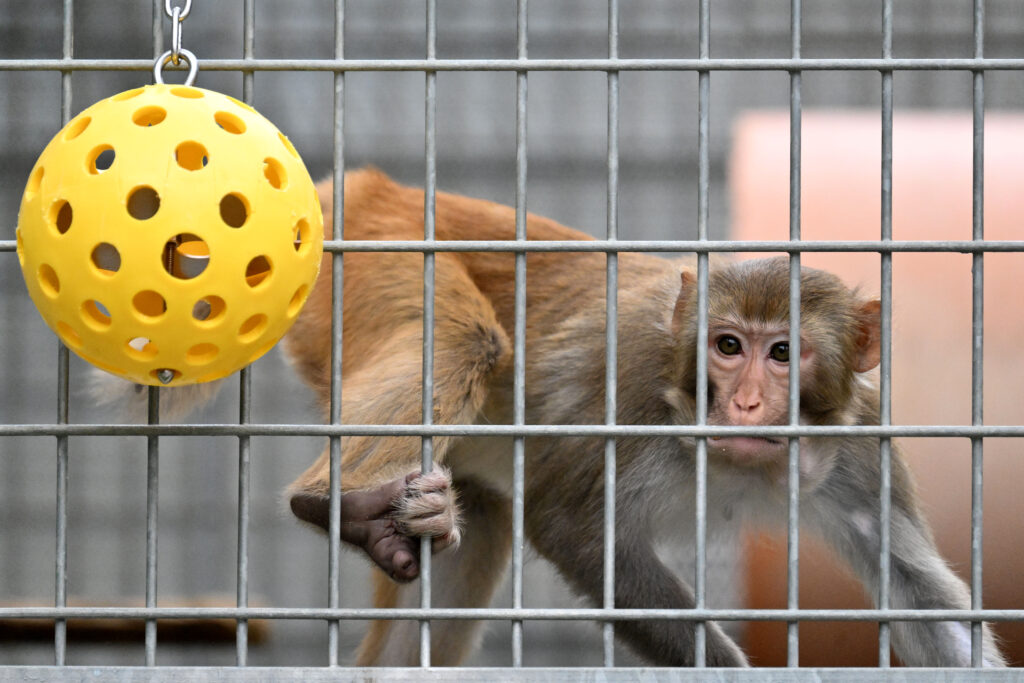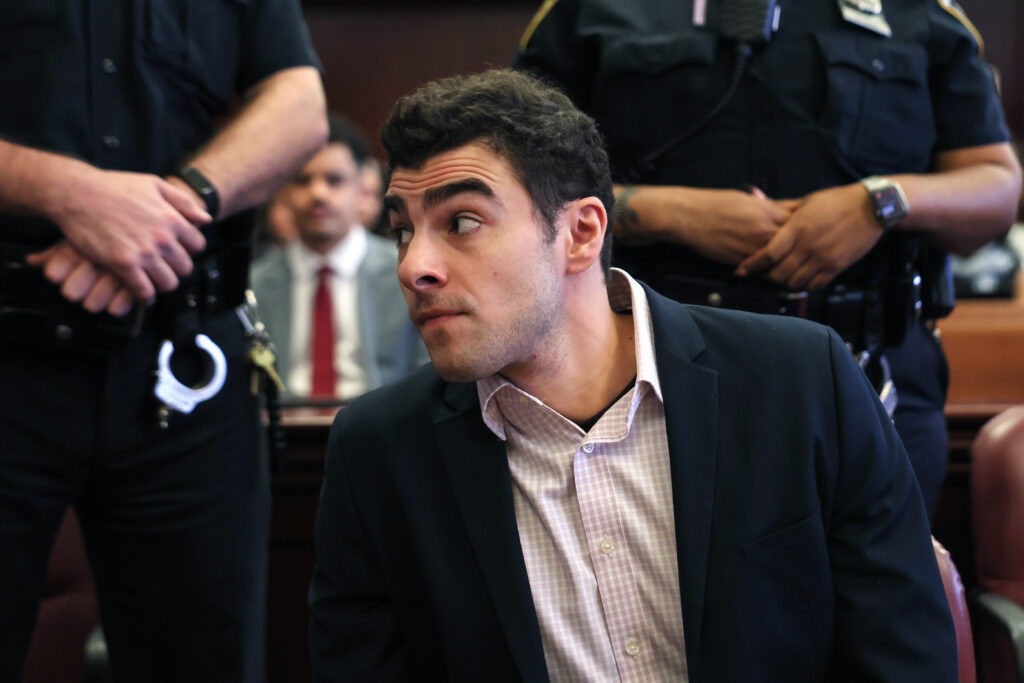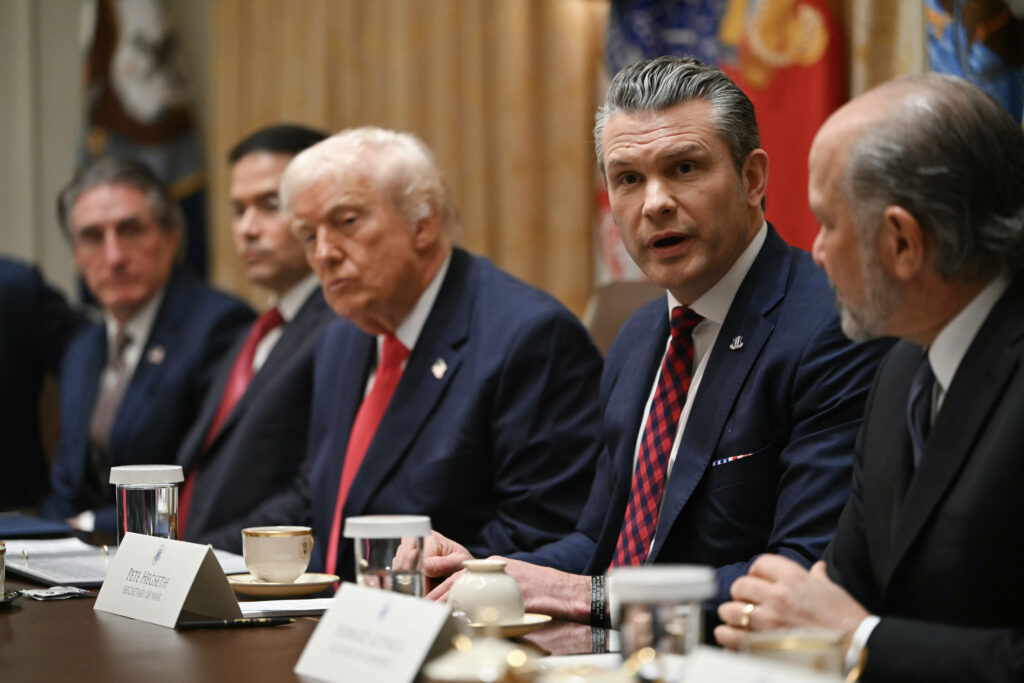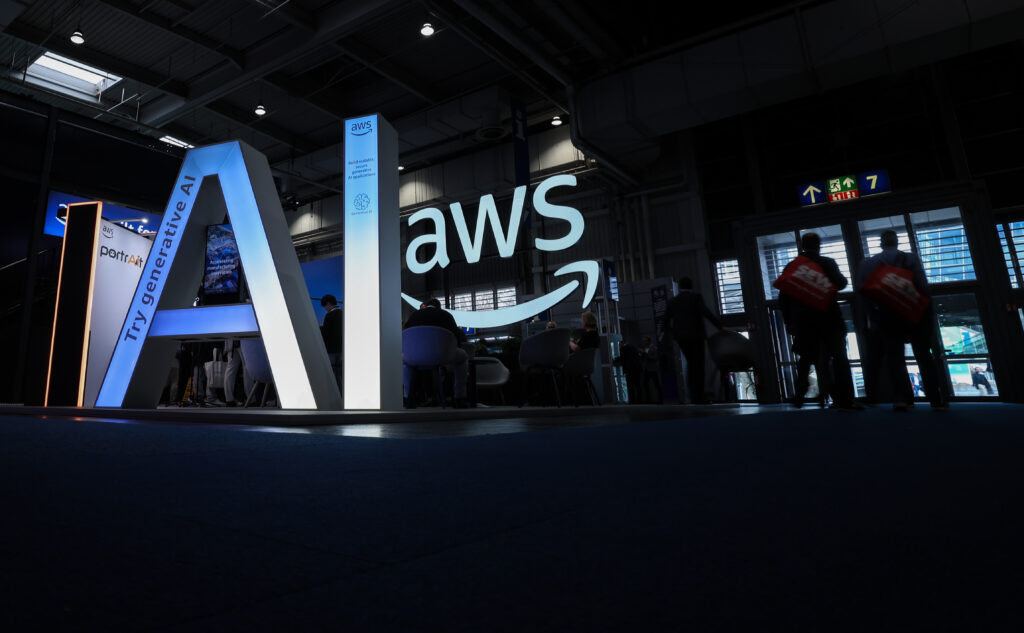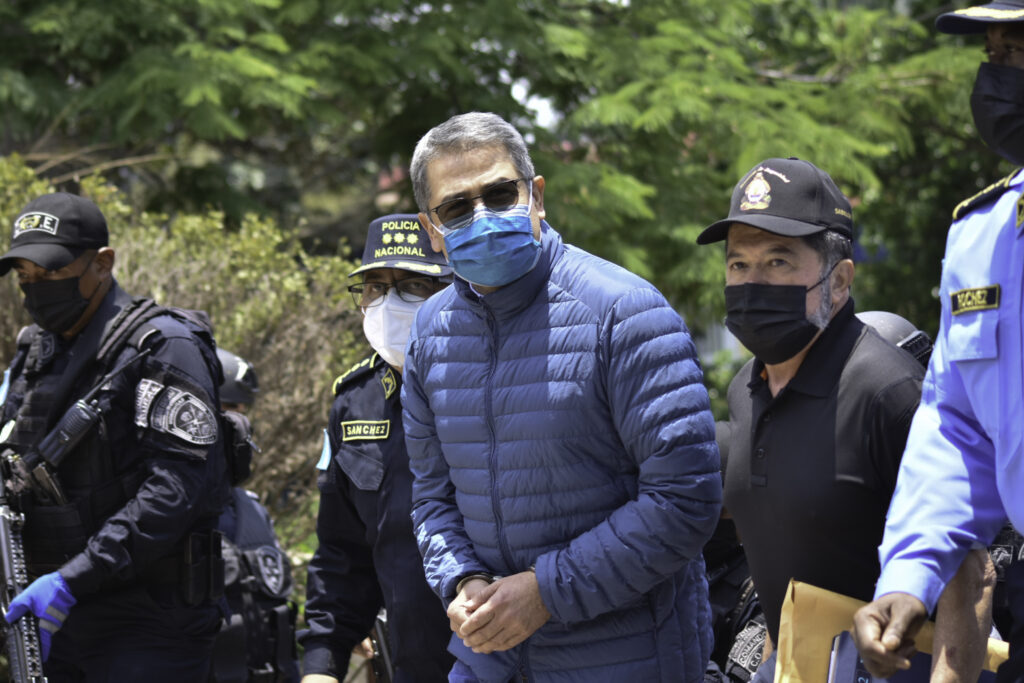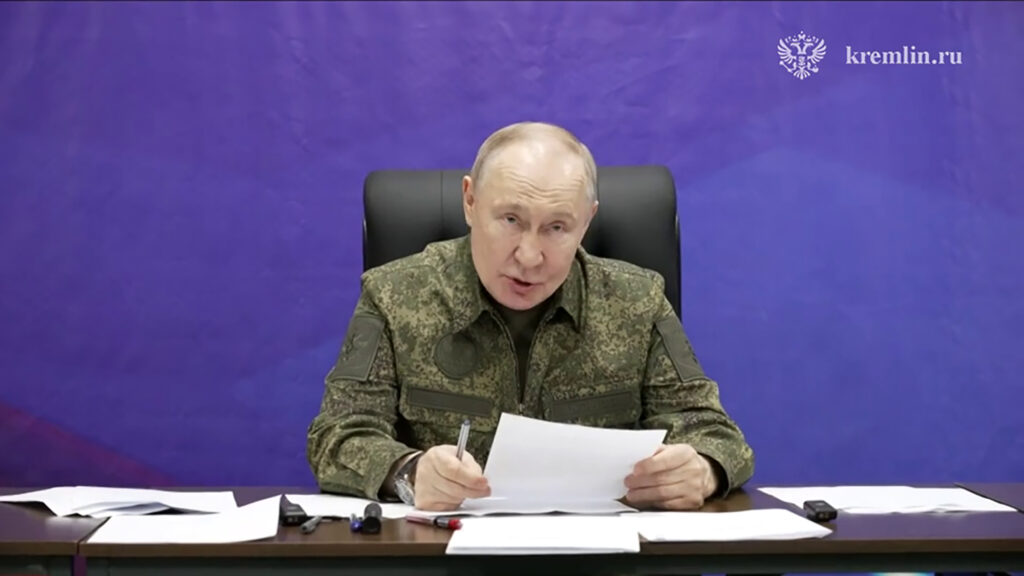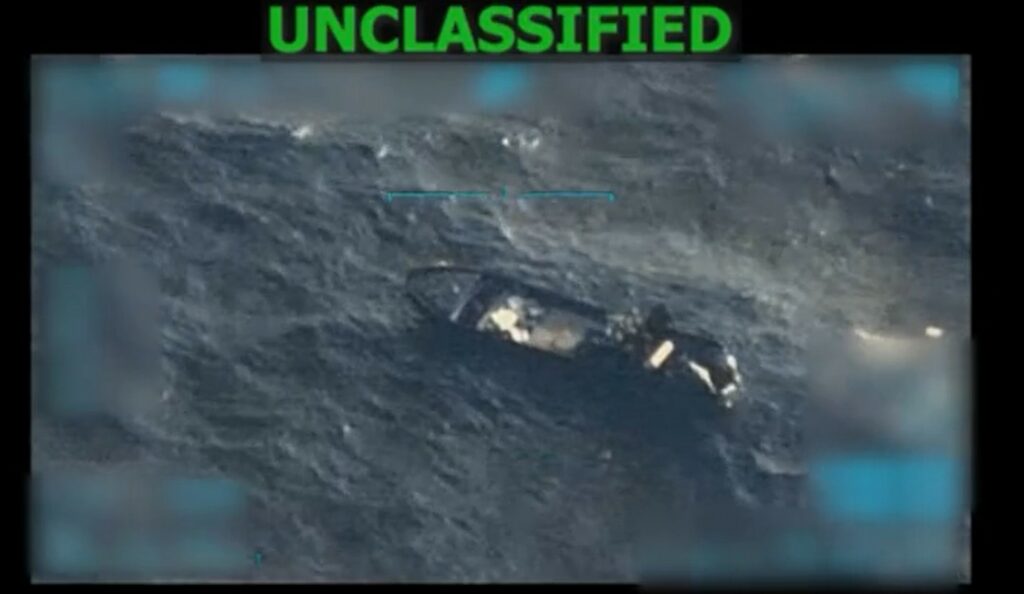Tech boss Dell gives $6.25bn to ‘Trump accounts’ for kids
Computer tycoon Michael Dell and his wife Susan said Tuesday they were giving $6.25 billion to children’s trust funds under a scheme set up by US President Donald Trump.So-called “Trump accounts” containing $1,000 for all children born after January 1, 2025 were part of the “One Big Beautiful Bill” that the Republican president pushed through Congress in July.But the Dell donation will now fund $250 deposits in saving accounts for at least 25 million children aged 10 and under, who were born before the cut-off point for the original program.”This will give millions of children a stake in American prosperity, a benefit from the rising stock market, and a better shot at the American dream,” Trump said in a ceremony at the White House.”This is truly one of the most generous acts in the history of our country.”The Dell Technologies founder and CEO, 60, said he hoped the accounts would teach children to save for their own futures.”We kind of started with a smaller amount to be honest” but then decided to donate more money, Michael Dell said.”We believe this is the greatest investment we can possibly make in children,” added Susan Dell.The “Trump accounts” will be available to children once they turn 18.The Dells’ gift will reach nearly 80 percent of children aged 10 and under, particularly targeting those in areas with the lowest income, their charitable foundation said in a fact sheet.The “Trump accounts” for newborns were part of the unpopular tax and spending bill that Trump pushed Republicans to get through a reluctant Congress and cement his second term agenda.The bill also included massive new funding for Trump’s migrant deportation drive, while gutting health and welfare support and sparking concerns that it would balloon the US national debt.
